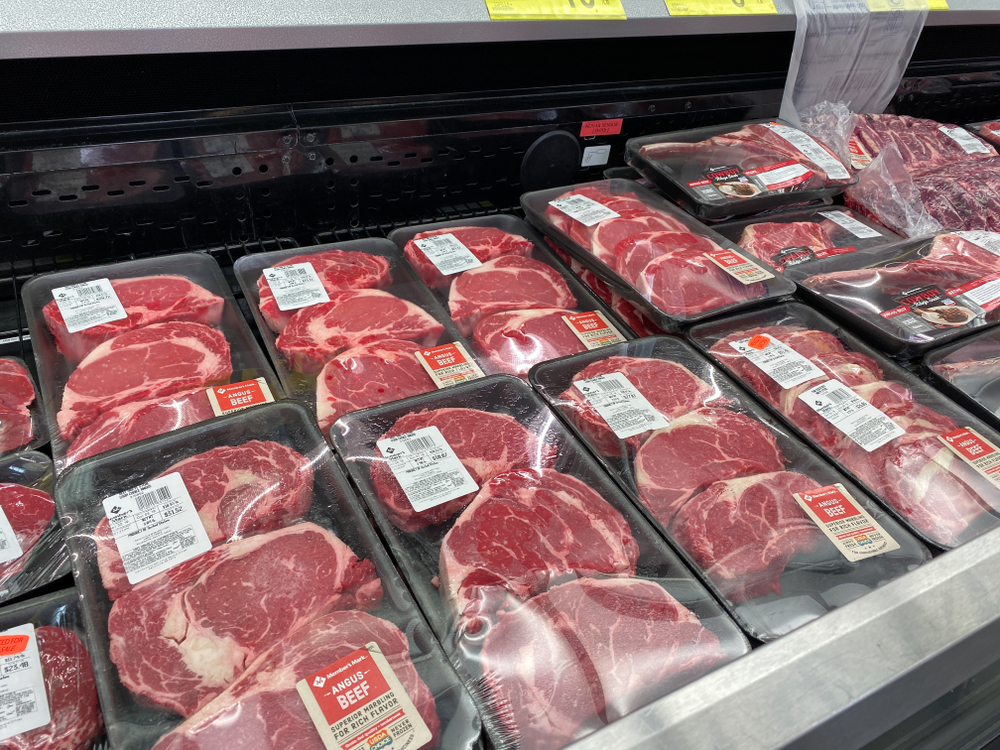Freshness Sealed: The Power of Antimicrobial Packaging
As the food industry seeks ever-more efficient ways to extend product shelf life and ensure safety, antimicrobial packaging is emerging as a promising solution. This cutting-edge technology utilizes materials that actively reduce or inhibit the growth of microorganisms, helping keep meat and other perishable products fresher for longer.

Researchers are exploring various materials and compounds in antimicrobial packaging, and their findings are exciting. One notable development involves chitosan, a naturally occurring biopolymer derived from the shells of crustaceans, combined with nano-silica particles. Chitosan has already demonstrated impressive results in preserving the quality of fruits, slowing microbial growth and extending shelf life without compromising taste or texture. Now, scientists believe that this material could have similar benefits for meat products.
Studies on fruits have shown that chitosan, when integrated with nano-silica, can significantly delay spoilage by creating a barrier against bacteria and other microorganisms. This research suggests that chitosan-based antimicrobial packaging could help the meat industry tackle some of its greatest challenges, such as spoilage and foodborne illnesses.
The introduction of antimicrobial packaging could be particularly transformative for the meat sector, which faces strict regulations and high demand for quality and freshness. By reducing the microbial load on meat products, this technology has the potential to extend shelf life considerably, providing benefits across the supply chain—from producers and retailers to consumers.
In addition to chitosan, scientists are investigating other antimicrobial agents, such as essential oils and bioactive compounds, for packaging applications. These could work in combination with advanced materials like nano-silica, which enhances the durability and effectiveness of the packaging.
With further research and regulatory approval, antimicrobial packaging could soon becomAntimicrobial Packaging: Advancements in Meat Preservation e a mainstay in the meat industry, contributing to longer shelf life, safer products, and reduced waste. As demand for fresh, high-quality meat continues to grow, antimicrobial packaging may be the key to meeting these needs while supporting sustainable practices in food preservation.